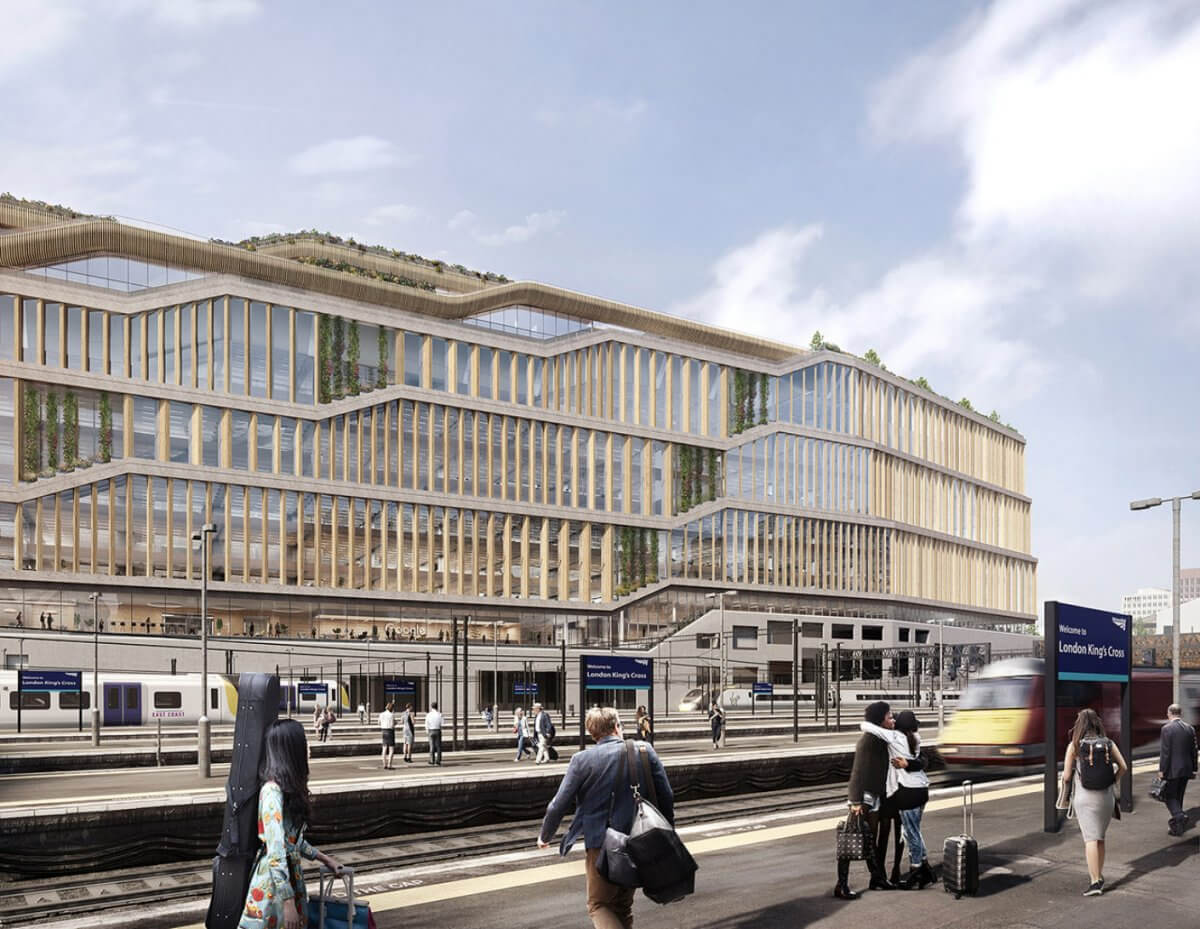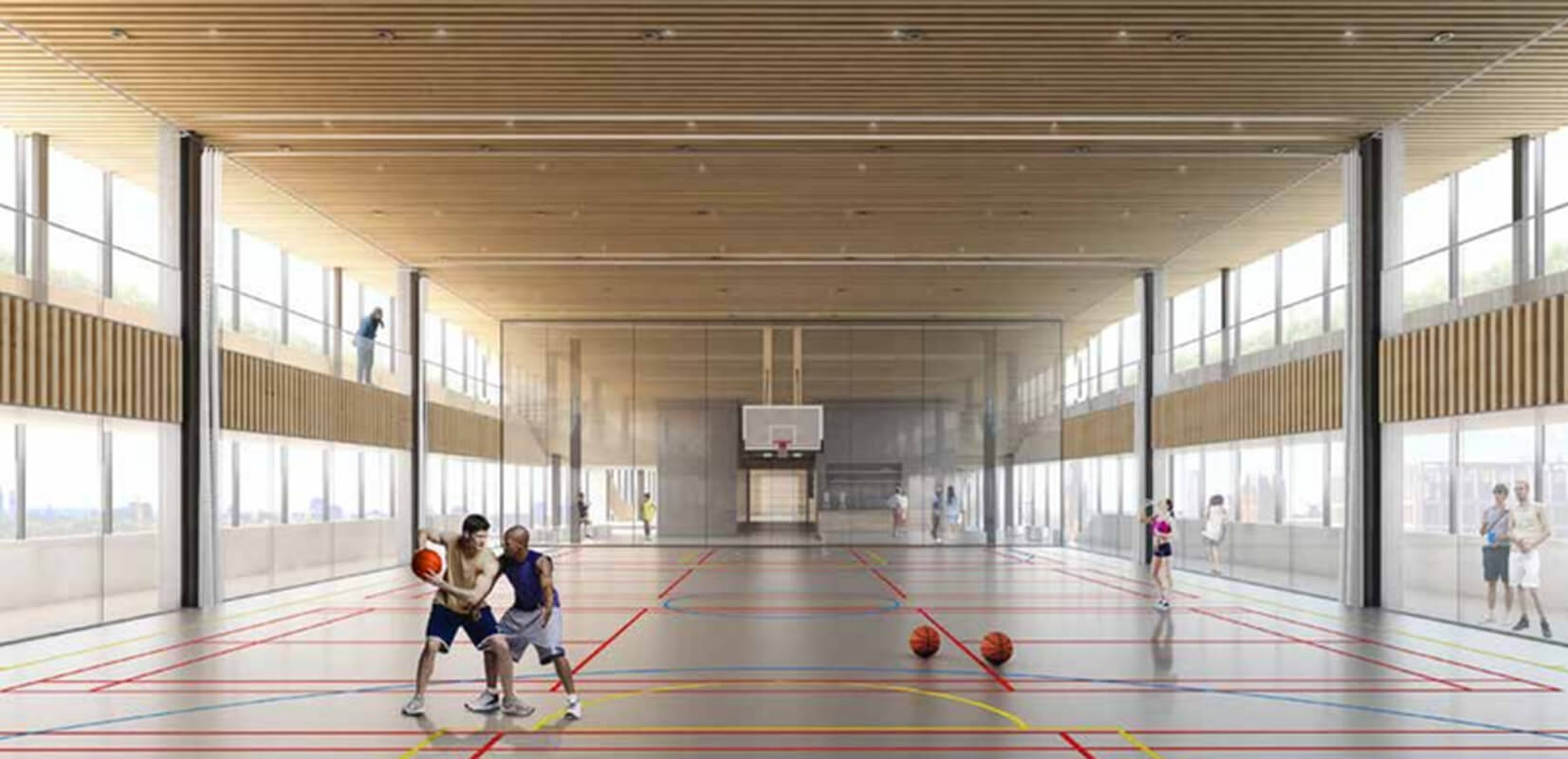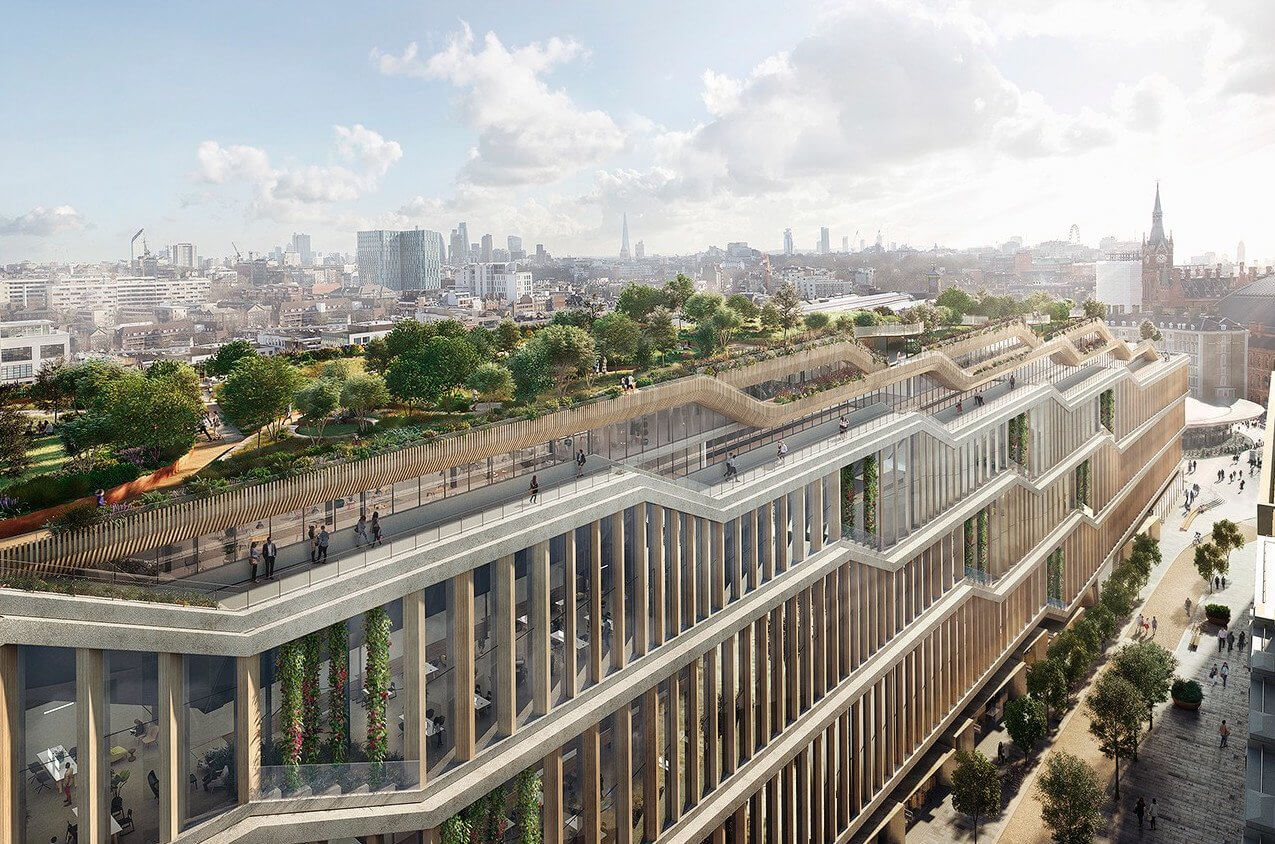Many still think that when it comes to skyscrapers, taller is always better. But Google is taking a very different approach with its London headquarters---and others may follow in its footsteps. Rather than touching the clouds, the search giant's UK HQ will be just 11 storeys tall when complete but have a length of over 1000 feet.
The $1 billion structure will boast one million square feet of floorspace and be home to 7000 employees. The unusual design is being referred to as a "landscraper" by its architects---Bjarke Ingels Group and Heatherwick Studios.

While this will be the first landscraper, it's thought that the effects of climate change combined with advancing technologies could see more companies opting to use the design.
"Landscrapers will create entirely new city footprints that we just haven't seen yet in the US, and could make life easier and more realistic," said futurist Amy Webb, in a briefing published by What The Future Housing.

Webb added that migration from denser states like New York to cities with underdeveloped land like Austin, Texas, means landscapers will thrive in these areas, which have more room for building large structures,
Webb also points to advancements in cable-less technology that will make it easier to travel through these buildings in Willy Wonka-style elevators that move vertically as well as horizontally. Moreover, landscrapers' low heights and large roofs make them ideal for drones; an area that more companies are focusing on. Drones landing on the roof of Google's HQ will have to watch out for the solar panels, though, which provide a combined annual output of almost 20MWh.

"Buildings could be built to be longer and lower, and drones could buzz overhead, delivering goods and performing services," added Webb. "We're going to have more things flying overhead. The challenge is that the overhead airspace is not regulated, but it will wind up becoming regulated. We'll have invisible highways in the sky."
Construction is set to start on Google's London HQ next year.
